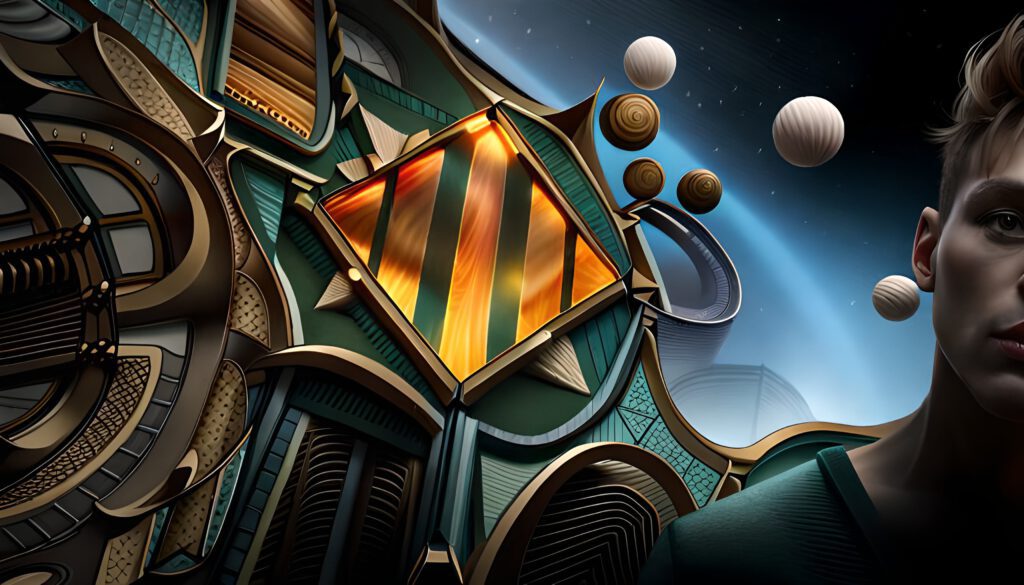The Disconnect Between Web3 Games and Gaming Enthusiasts
The world of traditional gaming has seen its fair share of blockbuster franchises that have captured the hearts and wallets of gamers worldwide. However, the same cannot be said for Web3 games, which have yet to resonate with gaming enthusiasts despite some valuations being higher than the lifetime revenue of successful traditional gaming companies. Web3 games are built on decentralized blockchain networks and use cryptocurrency as a means of exchange. They promise a more immersive, transparent, and fair gaming experience, with players having more control over their in-game assets. However, these promises have yet to translate into mass adoption. One reason for this is that Web3 games still lack the polish and mainstream appeal that traditional games have. They are often clunky, have poor graphics, and limited gameplay, making them less appealing to casual gamers. Additionally, there is a steep learning curve for new players who are not familiar with cryptocurrencies and blockchain technology, further limiting their appeal. Another reason is the lack of a robust ecosystem that supports Web3 games. Unlike traditional games, which have well-established platforms and communities, Web3 games are scattered across different blockchains, making it challenging for players to discover and connect with other players. Moreover, there is a lack of marketing and promotion for these games, making it difficult for them to gain traction. Despite these challenges, there is hope for the future of Web3 gaming. As blockchain technology continues to mature, so will the quality and appeal of Web3 games. Additionally, as more players adopt cryptocurrencies and become familiar with blockchain technology, the learning curve will become less steep, making it easier for new players to jump into these games. Moreover, there are efforts underway to create a more robust ecosystem for Web3 gaming. Some platforms, such as Decentraland and The Sandbox, offer virtual worlds where players can create, trade, and play games, providing a more immersive and social experience. Additionally, initiatives such as the Blockchain Game Alliance are working to promote and support Web3 gaming by providing resources and community building. In conclusion, while Web3 gaming has yet to connect meaningfully with gaming enthusiasts, there is potential for growth and development in this space. As technology and infrastructure continue to improve, and more players become familiar with cryptocurrencies and blockchain technology, Web3 gaming may become a more significant player in the gaming industry.
Bitcoin’s Wednesday Swoon
Bitcoin’s recent price action has been tumultuous, with the cryptocurrency losing the momentum it regained on Tuesday and dropping below $29K. Ether, the second-largest cryptocurrency, also fell towards $1.9K, mirroring BTC’s decline. Investors’ mood turned sour after a sobering UK inflation report and a massive sell order on Binance. According to Matt Weller, global head of research at online broker Forex.com, the UK’s higher-than-expected inflation numbers may have been the piece of macroeconomic data that pushed the large seller to pull the trigger, which led to a cascade of sell orders. Despite the recent decline, Markus Levin, co-founder of XYO Network, a cryptography-backed oracle network, believes that the recent price fluctuations are not cause for panic, as crypto markets have always been particularly susceptible to price fluctuations.
Market Update
In the equity markets, the Nasdaq Composite rose by 0.03%, while the S&P 500 dropped by 0.01%. The financial services sector reported unexpectedly strong Q1 earnings, with some regional banks yet to report, which will provide additional clarity on the banking sector’s health. In the crypto market, APT, the token of layer 1 blockchain Aptos, and ARB, the native crypto of layer 2 blockchain Arbitrum, recently plunged about 10 layer


